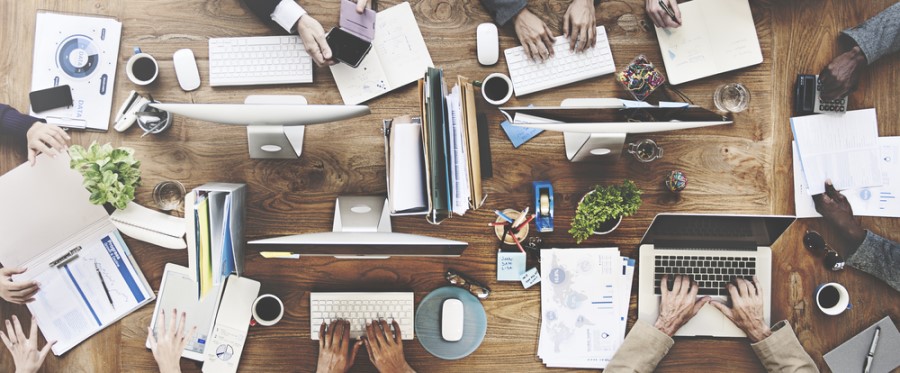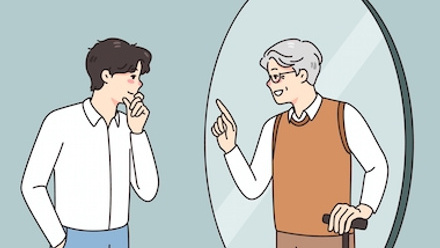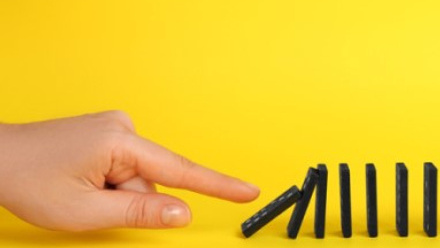It all comes down to design: how motivation plays a part in our performance

A recent Guardian article took an interesting view on working practices, highlighting how historically, work and workplaces have been designed around location and the silent notion of doing things in a certain way because, well, that’s how we’ve always done them.
Thanks to the recent rapid innovation, we’re now able to challenge the status quo. We no longer need to design work around a location. Still, we can design it around our employees, their behaviour and the different work we all do. Ultimately, we could be on the cusp of something incredible. We could be about to see employees bouncing back from a pandemic and working better for themselves and their employer.
We could see employees fulfilling their working potential, staying in organisations longer and becoming healthier in the process.
What it all comes down to is design.
Motivation
Understanding what motivates people is a critical part of designing many things for work, including workplaces, benefits and rewards.
Some key components help us understand what may motivate an individual or a group of people: purpose, context and belonging. And we can look at this in terms of how we design working environments.
1. Purpose
What is the task? But also, what is the bigger meaning behind the task that the individual or group is trying to achieve? It could be to make a difference in the world or achieve their life dream. Behavioural designers call this an ‘epic calling.’
2. Context
Where is the individual or group doing their work? How are they doing it? What’s going on around them? What tools might they need to do it well?
3. Belonging
How do the individual or group’s actions contribute to a sense of belonging? It’s human nature to want to belong. So, motivation is heavily influenced by the perceived impact of your actions, achievements or failures. Things like fear of being left out of work conversations because you’re not in the office when others are, or being driven by the knowledge that people on your team share the same values or purpose, can influence our sense of belonging.
Behaviour
Thinking about these three critical components of motivation can uncover how we should better support employees and build work around them to fulfil their potential, rather than building employees around the work.
Traditionally, work has been location-centric. You’d have your office space or building, and you’d pull your employees in, enticing them with a good location, a good space or maybe good perks.
Now that the world is hybrid, those things aren’t enough. Employees want flexibility and adaptability. They need spaces that suit them, what they are working on, and how they work – not the other way around.
It’s interesting to see how the shift to hybrid has supercharged some employees and stifled others. Lloyd’s Register’s Employee Well-being Global Report (2021) indicates that 52% of employees have a better work-life balance since working from home, yet 69% are reporting increased levels of work-related stress. It’s not about collaboration vs concentration. It’s about making this mixed way of working work for employees in the best way, at the best time for the job in hand.
Time to join the club?
Thought leaders in office design have been sharing some exciting concepts around what the future of work may look like. For many, it’s the club office.
Workspaces will need to create a sense of belonging, promote social interaction and deliver spaces for different types of work. Essentially, work can become a club of which employees are members.
Think about a time when you’ve been a member of a club, a team or a group. Clubs tend to do a great job of either designing or choosing spaces and services around their members. They understand their members well, what motivates them, what they can do to support them to be the best they can be. After all, the club benefits from the performance of its members.
People become members of clubs, belong, achieve and interact with everyone working towards a common purpose. Clubs are inherently social and yet provide precisely what their members need.
Becoming masters of success
Better understanding employee motivation and behaviours will help employers design the workspaces, support and strategies to get peak performance from employees.
Suppose every employer could adopt this way of thinking; we could see happiness and employee satisfaction levels skyrocket, reduced absenteeism, stress and boost overall wellbeing. Employees would feel empowered to do their best work. They would be able to live lives that are ultimately more fulfilling, as they can show up as their best selves for their work, themselves, and their families and friends.
Making it a reality comes down to identifying those motivating factors, providing suitable working environments, health and wellbeing support, and ultimately empowering employees to work in a way that best suits the work they are doing.
When employees know what direction they’re heading in, have the right tools and feel part of something much bigger, they become masters of both their work and their health and wellbeing.
The author is Oliver MacCarthy, co-founder and head of design at Tictrac.
This article is provided by Tictrac.
In partnership with Dialogue formerly Tictrac
We're an employee wellbeing platform dedicated to helping employees live healthier lives.







